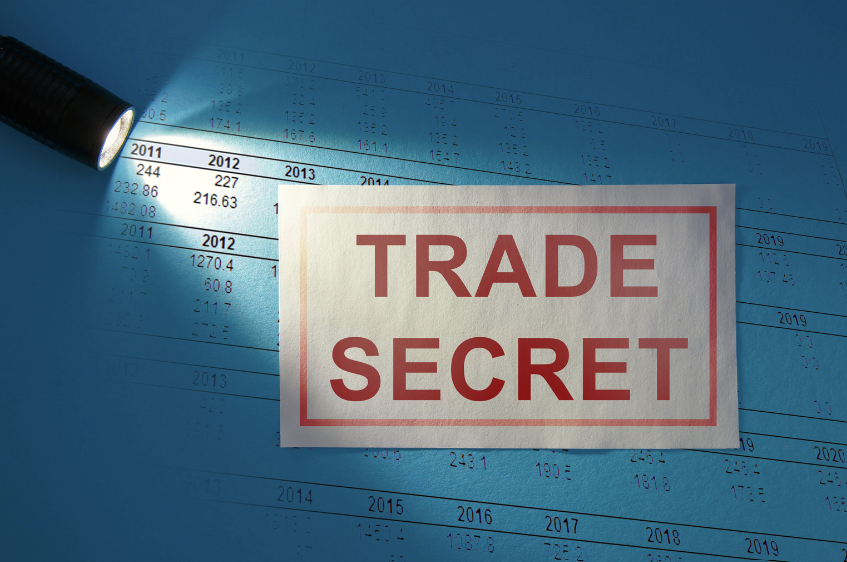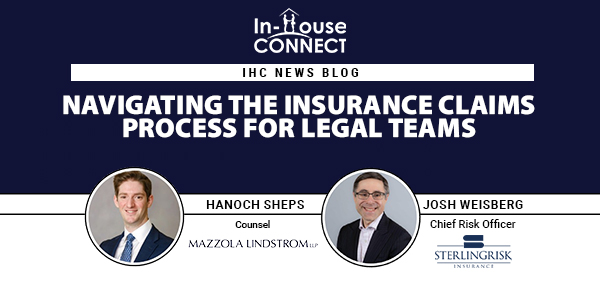When it comes to safeguarding intellectual property (IP), businesses often weigh the options between patent and trade secret litigation. While both serve to protect valuable assets, the litigation landscape for each is markedly different. Patent and trade secret litigation is gaining attention over other types of IP disputes, attracting the interest of both legal professionals and businesses.
In the recent In-House Connect webinar “Litigation Finance and Trade Secret Disputes: A Guide for In-House Counsel,” intellectual property expert Chris Buntel of Tangibly and senior investment counselor Stephanie Southwick of Law Finance Group shared valuable insights on the difference of patent and trade secret litigation.
The Personal Nature of Trade Secret Cases
Patent and trade secret litigation often revolve around personal relationships, unlike other cases that typically involve large, impersonal entities. In trade secret disputes, the conflict usually stems from a breach of trust, often involving former employees or business partners. This personal element makes patent and trade secret litigation more engaging and emotionally charged, as they often depict a story of betrayal or misconduct, leading to a compelling narrative centered on fairness and justice.
Rising Damages in Trade Secret Litigation
While patent cases have traditionally been associated with large damage awards, patent and trade secret litigation is now seeing substantial monetary damages as well. The calculation of trade secret damages is more flexible, considering factors like the plaintiff’s losses, reasonable royalty rates, and the defendant’s unjust enrichment. This broader scope allows juries greater discretion in awarding significant damages, making patent and trade secret litigation increasingly financially impactful.
The Simplicity of Trade Secret Cases
One of the key advantages of patent and trade secret litigation is its relative simplicity. Patent cases often involve complex legal procedures and technical challenges, requiring extensive verification processes. In contrast, trade secret cases are generally more straightforward, focusing on the core issues of confidentiality and misappropriation. This simplicity not only makes patent and trade secret litigation more accessible but also quicker to resolve, which is a significant benefit for companies aiming to minimize business disruptions.
A Clear Sense of Right and Wrong
Patent and trade secret litigation often presents clear-cut cases of right versus wrong. These cases usually involve an obvious breach of trust, making the narrative more relatable and engaging. The moral undertone of these disputes, often framed as a battle between good and bad behavior, adds a layer of drama and fairness that resonates with judges and juries alike.
The Absence of Non-Practicing Entities
Unlike patent litigation, patent and trade secret litigation is typically free from the influence of non-practicing entities (NPEs), often referred to as “patent trolls.” These entities acquire patents solely to profit from litigation, without contributing to innovation. The absence of NPEs in patent and trade secret litigation ensures that these cases are driven by genuine business concerns, reducing the prevalence of frivolous lawsuits and fostering a more sincere litigation environment.
Shorter Litigation Timelines
Patent and trade secret litigation often have shorter litigation timelines compared to other disputes. The streamlined procedures and straightforward nature of trade secret cases contribute to a faster resolution. This expedited process is appealing to companies, as prolonged litigation can be costly and distract from core business activities.
The Impact of Phasing Out Non-Competes
The gradual phasing out of non-compete agreements, particularly in states like California, has significant implications for patent and trade secret litigation. As non-compete clauses become less enforceable, companies must be more vigilant in protecting their trade secrets. This shift may lead to an increase in patent and trade secret litigation, but it also encourages businesses to implement more robust protective measures.
While patents have long been a cornerstone of IP protection, patent and trade secret litigation is emerging as a formidable alternative. As both large and small businesses navigate these evolving challenges, understanding the difference between patent and trade secret litigation is crucial.
Missed This Webinar? Watch the recording via IHC On-Demand!







